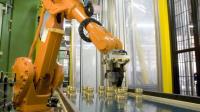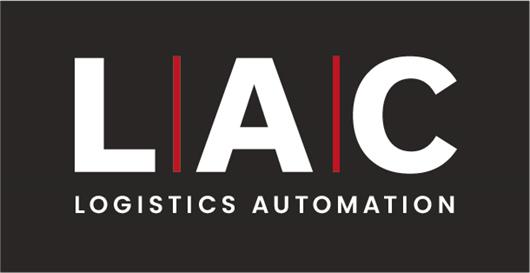 Add My Company
Add My Company
Sign In

Robots are now being used in many types of industries. With the supply of robots increasing and being more readily available, the opportunity for different sized businesses to own a specific type of robotic has increased. The basic laws of economics state that with the overall price of automated machines falling, the demand by businesses and personal consumption will continue to rise. Within PWC?s report, robotics and artificial intelligence are forecasted to increase productivity by up to 14.3% by 2030, providing a large incentive to explore the use of robotics for a range of businesses.
As mentioned with our food manufacturing discussion, robotics can help with health and safety issues where humans could be harmed, such as cold/hot environments, repetitive strain injury removal, areas where toxic/corrosive/poisonous substances may be present. Robotics can aid in highly accurate, repeatable tasks and where heavy lifting tasks are essential.
What are the main types of robots?
The different types of robotics and their applications vary a great deal within a business. However, the main types of robots include traditional industrial robots and collaborative industrial robots (cobots). At L-A-C , we are currently working on our first cobot application using a universal six axis robot, providing an ultrasonic welding application that?s truly revolutionary.
Traditional industrial robots have historically been securely installed in an enclosed environment away from employees as they pose a variety of hazards and often lack the sensory capabilities necessary to detect nearby humans. These robotics, although more expensive are not prohibitively so. Currently favoured by large corporations, it won?t be long before they too will become more commonplace across all sectors.
Cobots can be considered the modernised robotic, with multiple motions and are designed to work collaboratively with the human workforce. Cobot programming, generally, does not require the same sophistication as traditional robots, which in turn can lower the overall price tag. Cobots have been favoured by SMEs due to their flexibility and lower costs associated, helping smaller players within the market.
Common types of robots by application
As discussed, there are many types of robots used in different sectors. We will run through the main types of robotics by their primary application, to understand their use within each industry and the innovative production behind the R&D process.
Industrial
Industrial robots within businesses today can vary greatly depending on their desired application. The outlined robots will discuss their specifically programmed features and how this can help with the productivity of a business.
Six Axis ? by far the most common type of robot with arms and rotary joints giving six degrees of movement which provides for a more human like flexibility in its operation. These robots can also be mounted on a linear base which allows for a seventh axis to be utilised. With pay loads ranging from 2kg up to and beyond 800kg and a reach of 0.75m up to 3.5m these robots are the workhorses in industrial applications. View one of our case studies where we have put this robot into practice.
For more information on An Introduction to the Different Types of Robots talk to L-A-C Logistics Automation
Enquire Now
List your company on FindTheNeedle.

